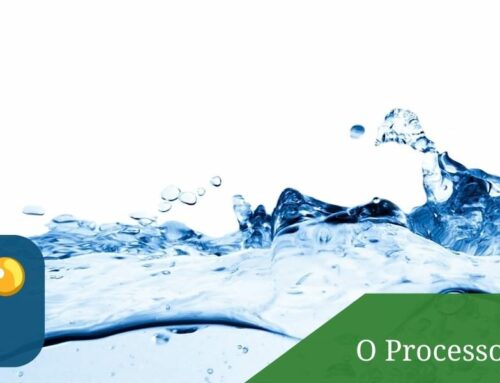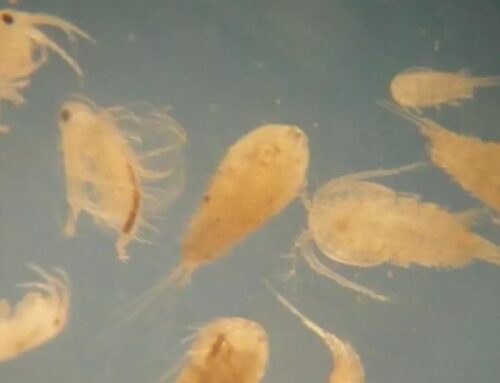SAO, also known as water and oil separator boxes, are applicable equipment for free state oil removal.
Its working principle is based on the separation of the oily and aqueous phases due to the density difference between them.
They are employed in several segments that handle oils in their activities, such as garages, gasoline stations, oil industries, among other industries that handle oily residues.
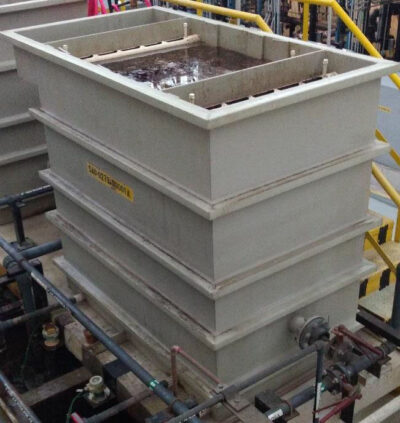
Fig 1 – 10 m³/h SAO filter
The CONAMA 430 resolution, which deals with the conditions and standards for effluent discharges, also establishes the mandatory use of water and oil separators in the installations that handle and store oil derivatives and other fuels.
How does SAO work?

Fig 2 – Treatment Flowchart
The raw effluent, composed of a mixture of non-emulsified water and oil, is fed into the first compartment, where the speed of the fluid fed into the system is reduced, initiating the water/oil separation process, where the free oil is collected by a collecting tube, called a skimmer.
The effluent flows upward to the second compartment, called the separator chamber, composed of modules of coalescent lamellae (figure 3), where it goes through the coalescer filter.
The passage through this filter increases the path taken by the effluent, resulting in an increase of the residence time in the equipment, favoring the separation of the phases.
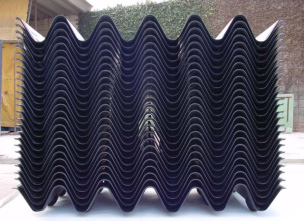
The supernatant free oil collected by the skimmers is collected and stored in reservoirs that are usually drums, which must have their final destination performed by a specialized company and approved by the environmental agency.
The final effluent, already separated from the free oil, then goes to the last chamber, and can be sent to the collecting system or to other stages of the process, depending on the project of each treatment unit.
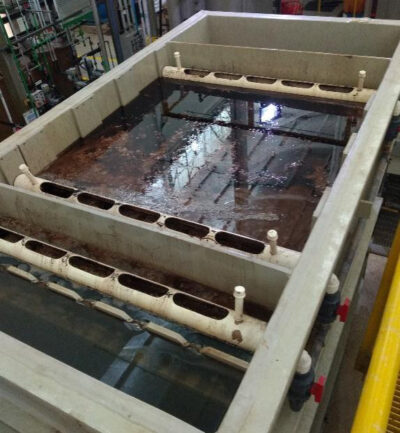
Fig 4 – SAO in operation.
Important considerations:
- The system is not applicable for chemically or physically emulsified water and oil mixtures;
- The raw effluent should be free of detergents and soaps;
- The characteristics of the raw effluent, such as pH, temperature, and other parameters established by the equipment manufacturer, should be monitored frequently so that the separation process is effective;
- Establishing a routine for cleaning the system, such as removing solids and unclogging the skimmers, will contribute to perfect operation;
- Performing preventive and periodic maintenance also ensures a better performance of the entire system, as well as preserving and increasing the equipment’s useful life.
Want to know more about this and other processes applied to water and effluent treatment systems, as well as our cases? Visit
www.grupoep.com.br
.
O EP GROUPthrough EP Engenharia has the solution 360solution, geared to meet all your needs in the water, wastewater and reuse treatment market, including: design and construction of treatment units, supply of equipment and consumables, operation, maintenance, monitoring and technical consulting.
We look forward to hearing from you.
Bibliographic References:
Secron; Gandhi; Son, 2021
Odair José Krause


